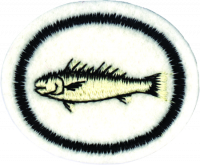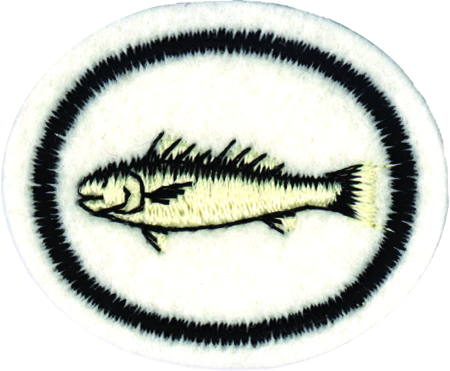Difference between revisions of "AY Honors/Fishes/Answer Key/fr"
(Created page with "{{clear}}") |
(Created page with "{{clear}}") |
||
| Line 149: | Line 149: | ||
{{clear}} | {{clear}} | ||
| − | + | {{clear}} | |
| − | |||
| − | |||
| − | |||
| − | |||
| − | |||
| − | |||
| − | + | {{clear}} | |
| − | |||
| − | |||
| − | |||
| − | |||
| − | |||
| − | + | {{clear}} | |
| − | |||
| − | |||
| − | + | {{clear}} | |
| − | |||
| − | |||
| − | + | {{clear}} | |
| − | |||
| − | |||
| − | + | {{clear}} | |
| − | |||
| − | |||
| − | + | {{clear}} | |
| − | |||
| − | |||
<div lang="en" dir="ltr" class="mw-content-ltr"> | <div lang="en" dir="ltr" class="mw-content-ltr"> | ||
Revision as of 03:39, 20 July 2022
1
2
poissons d’aquarium).
- a. Expliquer leur façon de frayer.
- b. Connaître le pays dans lequel ils vivent.
3
4
4a
4b
4c
4d
4e
4f
4g
4h
4i
4j
5
- a. Des zones tropicales
- b. Des zones tempérées
6
This can be done by the individual Pathfinder at home, or as a group in a classroom or the regular Pathfinder meeting place. If keeping fish as a group, be sure that everyone gets to participate in all aspects of their care. The likelihood of success will be maximized by being sure to follow the guidelines set out in requirement five.
7
7a
During the time that aquarium plants are exposed to light, carbon dioxide is absorbed and oxygen is expelled. The gases enter the plant mainly through the leaves. The carbon dioxide and water are chemically combined with the chlorophyll in the plant to produce simple sugars. The sugars are converted to starch and oxygen is produced as the by-product. The light in your tank is most important with respect to the chlorophyll. The chlorophyll is what absorbs the light to create the process of photosynthesis. The aquarium plant naturally absorbs more nutrients through the roots during this time.
7b
Respiration is the opposite of photosynthesis. When the lights are out, the photosynthesis process ceases but the respiration continues. The aquarium plant will use oxygen to break down food substances, which is released as energy in the form of heat. Carbon dioxide is produced and expelled as a result of this process. So, when the lights are on the plants absorb carbon dioxide and expel oxygen. When the lights are out the aquarium plants absorb oxygen and expel carbon dioxide.
7c
Overfeeding is one of the major causes of fish loss. Overfeeding promotes fish waste (ammonia) to build up to a harmful level. It is best to feed your betta only enough food that it can eat in five minutes. If food is seen sitting on the bottom of the aquarium or bowl, the fish have been overfed.
7d
Rapid changes in water temperatures stress your fish. when fish are stressed they are more susceptible to disease and sickness.
7e
Fish need plants in the wild for shelter, food, filtration, and oxygen. In an aquarium you supply their main source of food
Notes
When to use fish or fishes. Use fish when talking about a school of the same species. Use fishes when talking about schools of different species. Any time you are talking about more than one species, use fishes. &


